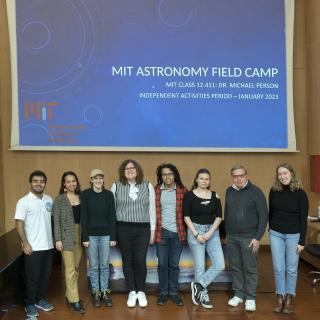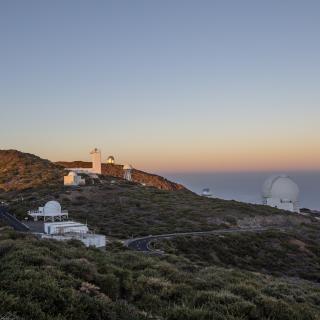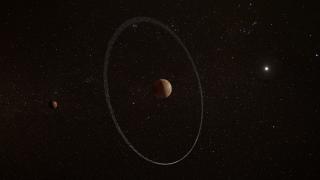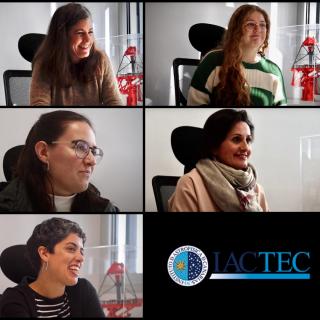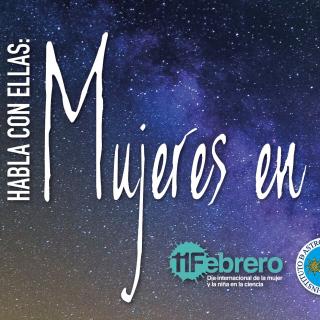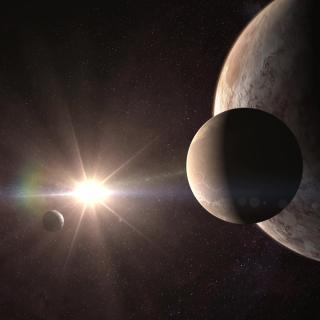
20,000 observations from the Calar Alto telescope in Spain are made public, and have led to the discovery of 59 planets, some of them potentially habitable. The study, led by a consortium of Spanish and German institutions, has the prominent participation of the Instituto de Astrofísica de Canarias (IAC) and it is is published in the journal Astronomy & Astrophysics. The CARMENES project has just pub lished data from about 20,000 observations taken between 2016 and 2020 for a sample of 362 nearby cool stars. The project, which is financed with Spanish and German funds, uses the CARMENES
Advertised on
